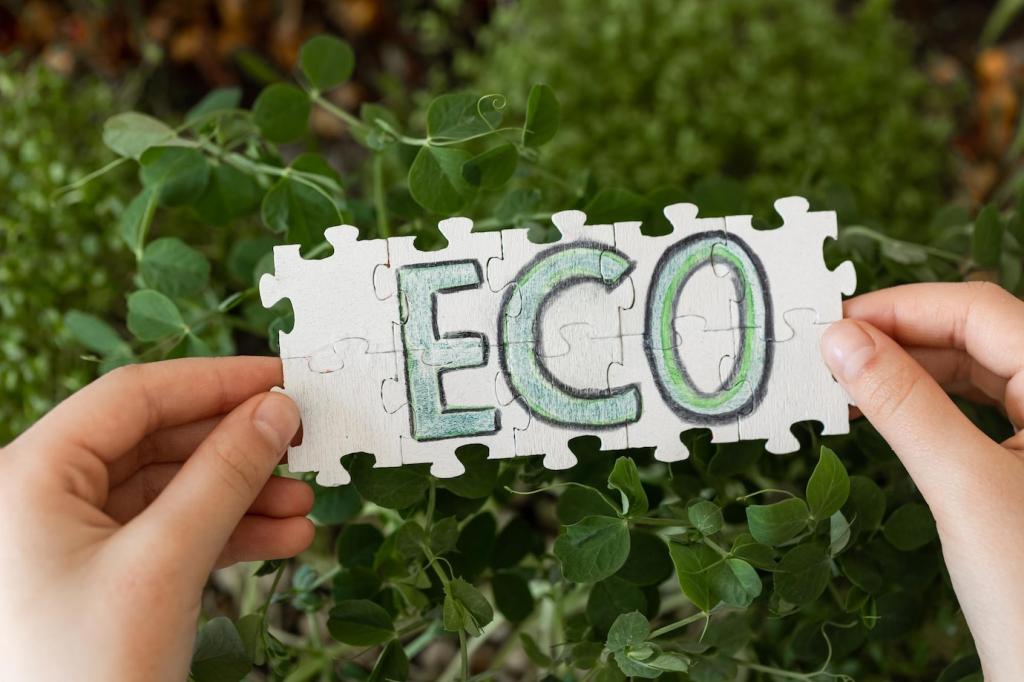This website uses cookies so that we can provide you with the best user experience possible. Cookie information is stored in your browser and performs functions such as recognising you when you return to our website and helping our team to understand which sections of the website you find most interesting and useful.
Green Living: The Future of Sustainable Urban Development
Green living represents a transformative approach to urban development that prioritizes environmental sustainability, social well-being, and economic resilience. As cities continue to expand and face mounting challenges like pollution, climate change, and resource depletion, adopting green principles becomes essential for creating healthier, more livable urban spaces. Sustainable urban development not only reduces the environmental footprint of cities but also fosters innovation in architecture, infrastructure, and community planning. This philosophy encourages responsible consumption, renewable energy use, and the preservation of natural ecosystems, paving the way for a greener future where urban growth harmonizes with the planet’s ecological boundaries.


